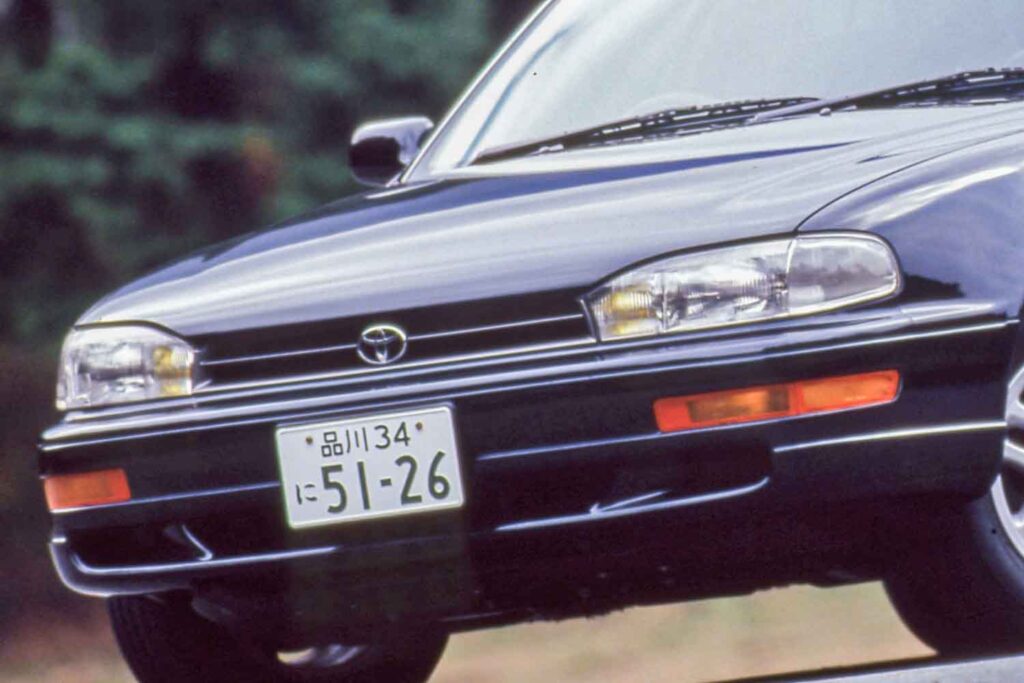The Scepter disappeared after only one generation
The Scepter was a new model of the export-oriented Toyota Camry in Japan. In addition to the wagon, a sedan, and a coupe were added to complete the full line-up. The Scepter station wagon was a smash hit, partly due to the wagon boom in Japan. We look back at the car’s appeal.
Popular in North America as a female transport vehicle
The Scepter was Toyota’s medium-sized model, which was launched in Japan in August 1992 with a station wagon model. Starting with the station wagon model, a four-door sedan was added in November of the same year and a two-door coupe in November the following year, giving it three body variants.
The car had a 3-number body with an overall width of 1,770 mm, and all cars had a front-wheel drive layout and were equipped with a V6 3L engine and, later, a 2.2L in-line 4-cylinder engine. All models have a four-speed AT transmission.
This Scepter was a model sold as the Camry in the North American market, and while the Japanese version maintained the number 5 size, the North American version adopted the local requirements and installed a number 3 size body and a large-displacement engine. This is why it was sold in Japan as a separate model from the Camry. Incidentally, the wagon and coupe were imported from North America, while only the sedan was produced in Japan.
The Scepter was a smash hit, partly because the station wagon that was first introduced was in the midst of the wagon boom represented by the Subaru Legacy Touring Wagon. This wagon model was popular for its low price of less than three million yen despite being equipped with a 3-liter engine, and for its seven-seat configuration (the third row, however, was a rear-facing auxiliary seat in the boot space) (a five-seat version was later added).
The sedan model, however, was also inexpensive given the car’s size, but its simplistic interior and exterior against its large body did not match Japanese users.
As mentioned above, the Scepter was a Camry for North America and was positioned as a practical four-door sedan, but Japanese users had the image that a large body meant an advanced car, and the difference in values had a major impact on sales.
The coupe, which was very popular in Japan as a transport vehicle for women, did not sell at all in Japan, as people did not understand the existence of a two-door coupe, which was neither a high-performance nor a specialty car, and production for Japan was discontinued ahead of sedans and wagons.
Then the sedan and wagon were also discontinued, with the Camry Gracia, which appeared in December 1996, becoming the effective successor, and the Scepter disappearing after one generation.
translated by DeepL
